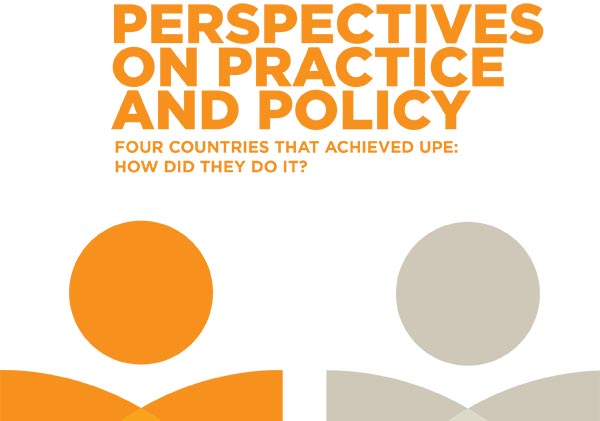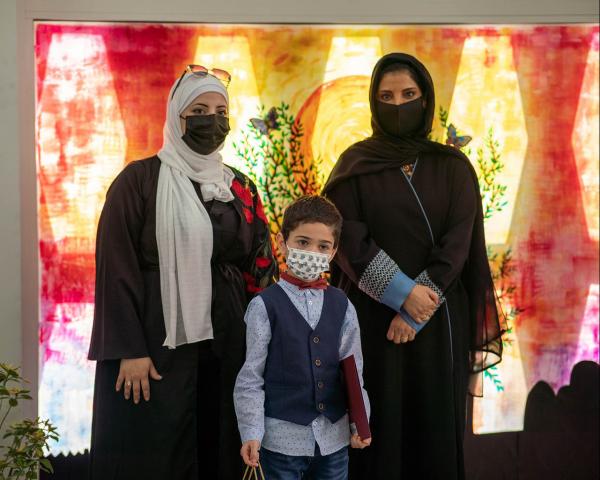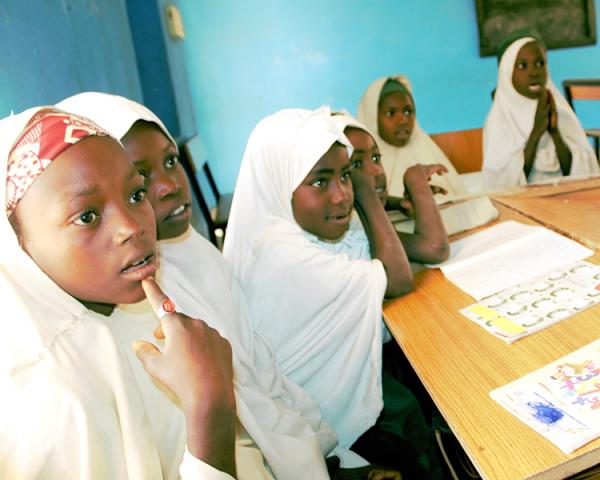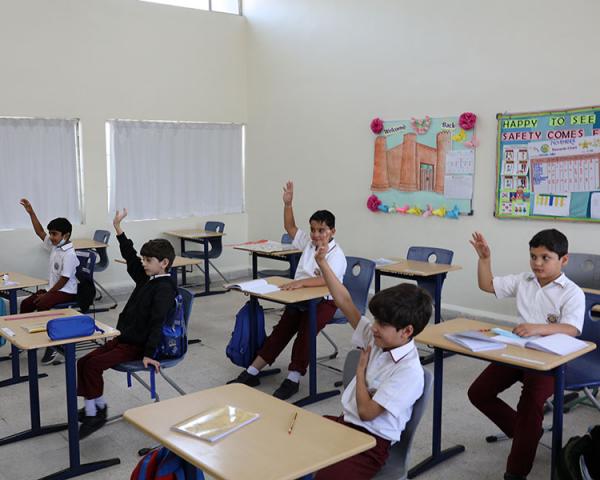Four countries that achieved UPE: How Did They Do It?

This analysis is of four developing countries, one each from Sub-Saharan Africa, the Arab States, Asia and the Latin America/Caribbean region, which demonstrate that UN Millennium Development Goal 2, Universal Primary Education (UPE) is achievable.
This global commitment in 2000 was to ensure that, by 2015, children everywhere, boys and girls alike, will be able to complete a full course of primary schooling. This translates at country level to UPE. A measure of UPE success is that the number of out of school children (OOSC) in a country is negligible. The case studies commissioned were of four countries that had achieved, or were close to achieving, UPE.
The 2013 United Nations Report on the Millennium Development Goals concluded that:
“Too many children are still denied their right to primary education. Between 2000 and 2011, the number of children out of school declined by almost half - from 102 million to 57 million. However, progress in reducing the number of children out of school has slowed considerably over time”.
This is the context in which the case studies were commissioned by Educate A Child (EAC) a programme of the Education Above All (EAA) foundation of Qatar, in collaboration with FHI 360. The case study research sought to determine factors that contributed to the success of some countries in reaching UPE and to identify lessons from these four countries that may be applicable in other countries still challenged with meeting the target of UPE by 2015.
















